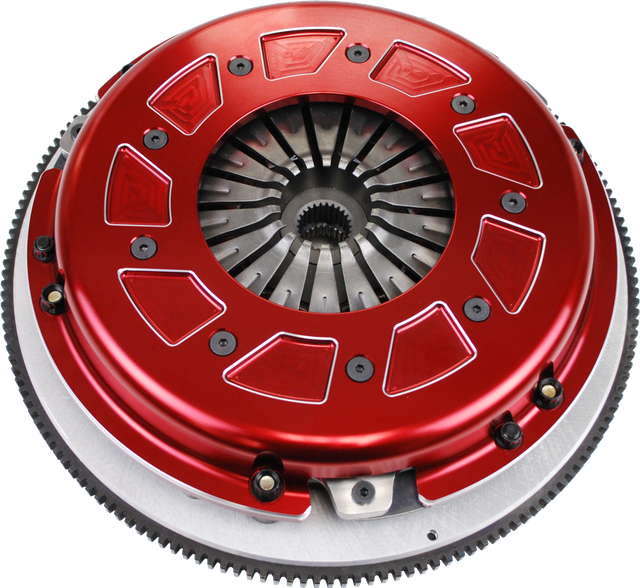Why Clutch Pedal Exists on Manual Transmission
Introduction to Clutch
Unlike in the previous post about torque converter, how clutch works in manual transmission is much simpler. This is gonna be easy peasy!
Again, clutch plays the same role as the torque converter in automatic transmission. It's a connecter interposed between engine and transmission, delivering torque from the former to the latter.
This post will cover
- The components and structure
- How it works

Like mentioned in the introduction, the mechanic is very easy to understand. For manual transmission, there is a flywheel which is connected to crankshaft where direct torque is delivered from the engine. And what we call a clutch is a disc that is in contact with the flywheel and connects to input shaft so that as it rotates the torque is delivered to the transmission.
As you've guessed, the clutch disc is not always in contact with the flywheel; whenever gear shift or complete stop occurs, it is released away from the flywheel. If it's always compressed between the flywheel and the pressure plate, the shaft will be rotating as long as the engine is running, which means a vehicle's wheels are constantly spinning.
When driving a manual, as the clutch pedal is pressed, the release bearing pushes in the diaphragm causing the pressure plate to lift away from the clutch disc. Thus, no longer is the clutch disc pressed against the flywheel.

That's all there is to it.
On to the next one.
One Line Summary
Clutch is a connector between engine and manual transmission and it is in direct contact with a flywheel but kept away when gear shift or stop occurs.


meep